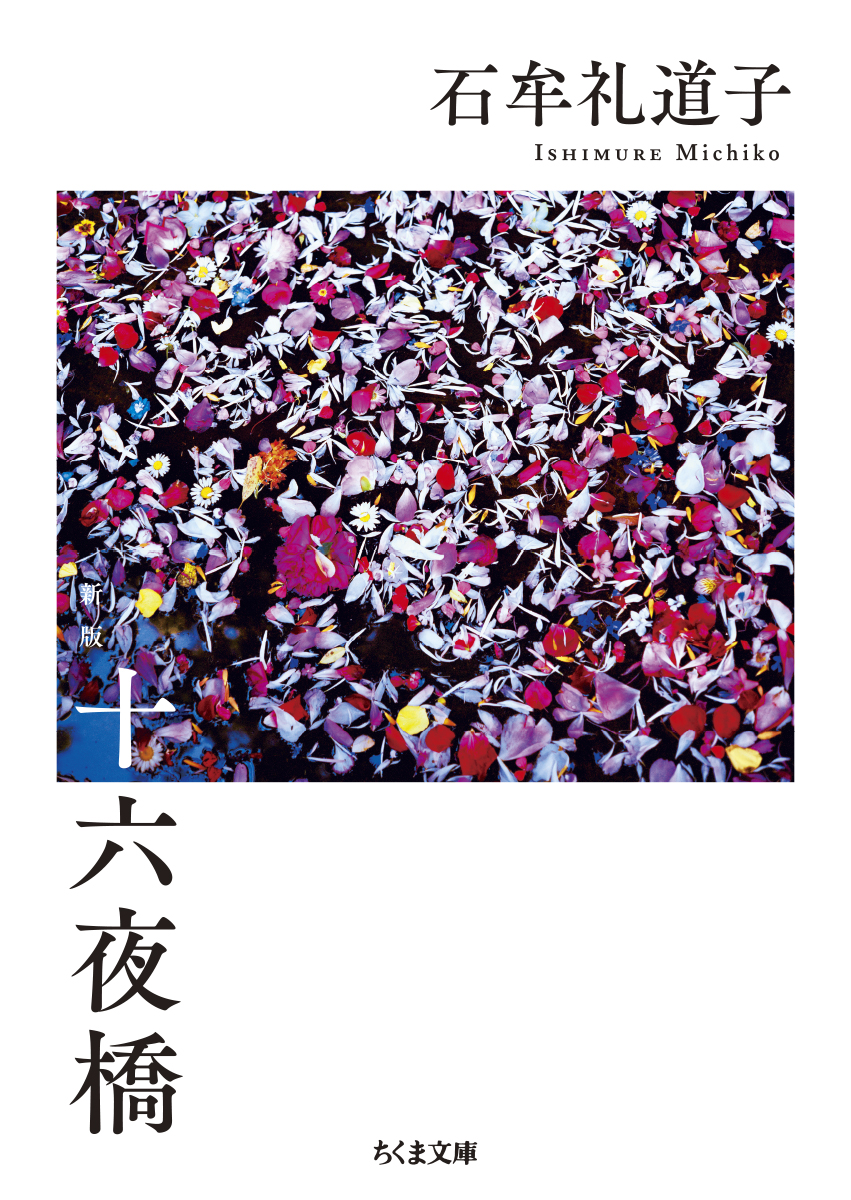Chikumashobo LTD. Bookmark
Izayoi Bridge [Izayoibashi : new version]
Information will be available after you log in. Please create an account.
Rights Information
Other Special Conditions
Abstract
By the Shiranuhi coast, in rural southern Kyushu, live the Hagiwara family. With the family’s public engineering business, their lives are thoroughly rooted in the local land and the neighbouring sea. Weaving the perspectives of three generations of Hagiwara women, this novel paints a lush tale of love, nature and human endeavour across the ages. There is particular focus on Shino, the wife of the business owner (modelled on Ishimure’s own grandmother), who shifts between the words of reality and fantasy. There is a powerfully seductive quality to this fertile, haunting novelistic world where sadness and joy, the dead and the living, and the past and the present rub alongside one another. The author, Michiko Ishimure, is best known as writer of creative non-fiction of extraordinary talent; this is a masterful novel that proves her prowess as fiction writer is similarly impressive. Indeed, Izayoi Bridge can be read as a novelistic treatment of many of the themes Ishimure has been lauded for in her non-fiction work, particularly the relationships between humans and the land on which they live, and the conflict between the drives for capital, modernisation and industrialisation, and the wellbeing of the environment and the people it gives a home to. Above all, the novel serves as a timely reminder of the sacred and irreplaceable aspects of the rituals, relationships to the natural world, and intergenerational ties that are unique to rural communities, and points towards a world of sensation inextricably intertwined with the environment. Steeped in the culinary, agricultural, and cultural practices of Kyushu, not to mention its distinctive seaside landscape, the book offers a richly evocative insight into the traditions of this Japanese locale that will be gripping to Japanophiles and nature-lovers alike.
First published in 1992, the novel was released as a paperback in 1999, but has been regretfully hard to source since then. In 2023, with mounting impetus to reappraise and celebrate Ishimure’s work, it was released in a new paperback edition in 2023, to commemorate the fifth anniversary of the author’s death.
Author’s Information
Ishimure started out her writing life through her activity in writing tanka and other poems in a local group. Aghast by the outbreak of Minamata Disease in her hometown of Minamata, Ishimure began offering support to the victims. Her first book, Paradise in the Sea of Sorrow, which evolved out of verbatim accounts of those she spoke to, created waves on its publication. Lauded as the birth of a hitherto unseen environmental literature, vividly recording both nature and the effects of the disease, the narrative non-fiction work was widely deemed Nobel-worthy. In 1973, Ishimure was awarded the Ramon Magsaysay Award for for both Paradise in the Sea of Sorrow and her other works on Minamata Disease. Over the course of her life she wrote numerous books; a collected volume of her words spanning 17 volumes, as well as an essential collection have been published. After being included as the only Japanese author in the World Literature Collection edited by Natsuki Ikezawa (published by Kawade Shobo), interest in her work has soared. Numerous biographies have been written about her.
| Series/Label | Chikuma Bunko |
|---|---|
| Released Date | Jan 2023 |
| Price | ¥1,000 |
| Size | 105mm×148mm |
| Total Page Number | 432 pages |
| Color Page Number | --- |
| ISBN | 9784480438607 |
| Genre | Literature / Novel > Japanese Literature |
| Visualization experience | NO |





